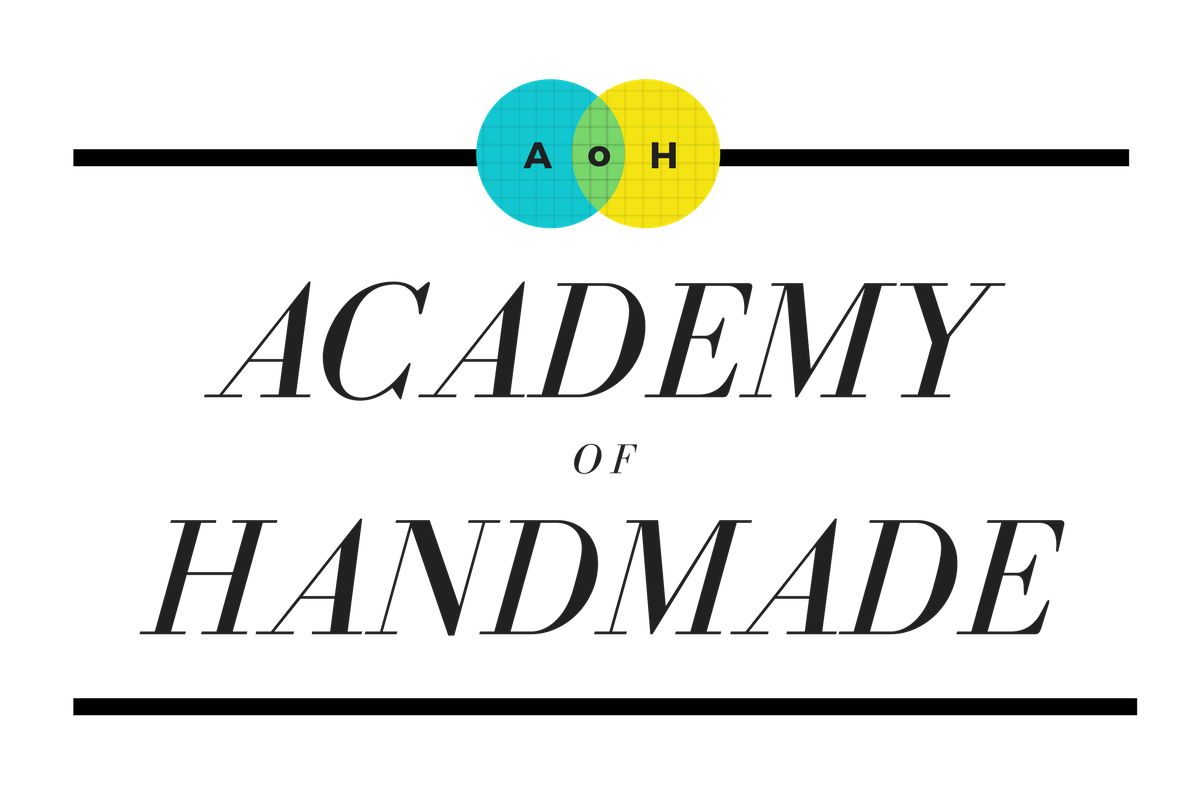If you are like me, you feel that owning a business means you have to be good at everything. And boy does that get overwhelming. One of the things I am not naturally good at is photography, which is a bummer because it's VITAL to business today. I was so excited to meet Julie (through our friends at Made Freshly!) who helps small businesses up their photography game. She shares with us some really great advice, and if you are itching for more she shares some on her website and on the Handmade Success blog, so please check those out too!
Q: Introduce yourself and what you do and how you got started!
A: Hi, I'm Julie Corbett, and I blog at On the Dot Creations. I live in North Carolina with my husband and my elementary-age son. I was a high school English teacher for about 15 years, and for the last several years, I’ve worked for a non-profit educational association. My blog started in 2008 when I began featuring handmade products each week. Later, I started writing articles with tips for those who sell handmade. I especially love to talk about product descriptions and product photography: two very important aspects of selling products online!
Q: What's the biggest mistake you see being made when it comes to DIY photography?
A: You asked for the biggest mistake, but may I share the two biggest mistakes that I notice? Number one is incorrect use of lighting (either too much or too little). Number two is over-staging/styling a product. Sometimes your product on a simple background with few (or no) props speaks volumes. It just depends on the product (and the target customer).
Q: What's the number one thing that people should remember when taking a product shot?
A: The biggest thing to remember is that your product photo must make your customer comfortable buying your product without seeing it in person. People who buy products online count on the fact that your product photo is a true representation of your product. They need to be able to tell the color, the size, and how to use your product. If your product needs to be staged on a model or with a prop to put your customer at ease, do it!
Q: When do you recommend using your phone and when should you switch to your DSLR?
A: Smartphone cameras have come a long way in recent years, and a modern smartphone camera might be all you need for your product photos. Smartphone cameras don't usually do well in low light, but they are great for close-up shots in good light. Without getting too technical, a DSLR camera has a much larger lens than a smartphone camera, which allows more light to enter the shot and helps capture sharper images with a shallower depth of field. DSLRs are also much better for action shots (young children modeling your product, for example), but if you are photographing a product sitting on a background, a smartphone camera will usually work just fine. I recommend using a tripod to avoid camera shake and create an even sharper shot. Obviously, a DSLR camera is a much bigger financial investment and is much more bulky, too.
Q: How do you get the right natural light?
A: When photographing inside, find an area near a window or a door and place your photo setup there, if possible. Avoid direct sunlight. Cloudy days can actually be better for natural lighting, because you don't have to deal with harsh shadows. I highly recommend using reflectors to bring even more light into your photo setup. A reflector can be a DIY product photographer's best friend! A white foam board or even a hand mirror can bounce more light into your photo setup. Experiment with reflective materials that you probably already have at home.
Q: When you can't do natural light, do you have any DIY or cheap studio set ups?
1. Lightbox: http://strobist.blogspot.com/2006/07/how-to-diy-10-macro-photo-studio.html
2. Artificial (affordable) lights: http://lowel.tiffen.com/ego/
Q: What can makers expect if they take your product photography class?
A: The DIY Product Photography Workshop was created with handmade product sellers in mind. I realize that handmade sellers want to spend more time designing, creating, and marketing their products, and less time photographing them!
The workshop is filled with work-at-your-own-pace lessons, videos, and worksheets. You’ll learn tips on styling products, capturing photo angles that customers expect, and editing the photos so that they’re ready to upload to your shop. Workshop students also receive personalized photo feedback from me, the instructor. You don’t need an expensive camera or lots of technical photography knowledge to make improvements to your product photos!




